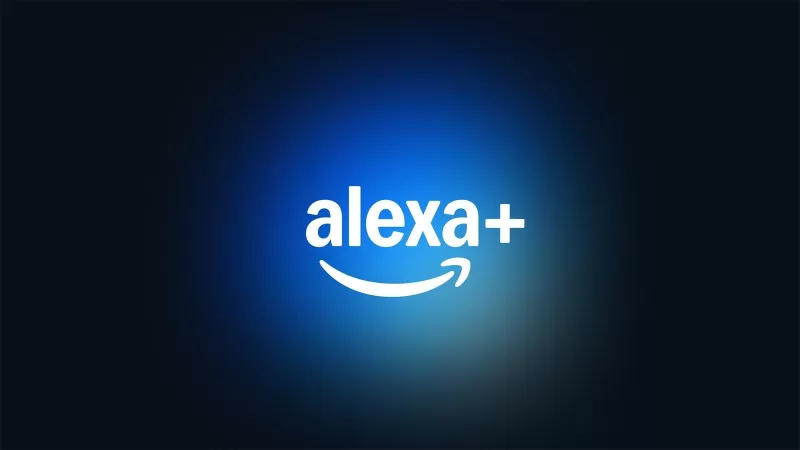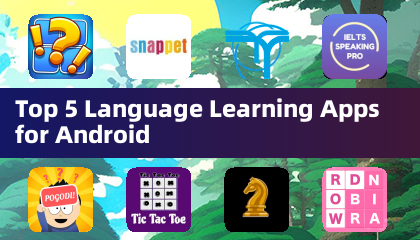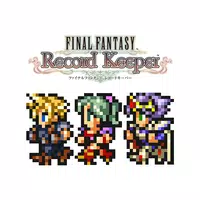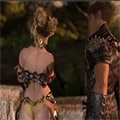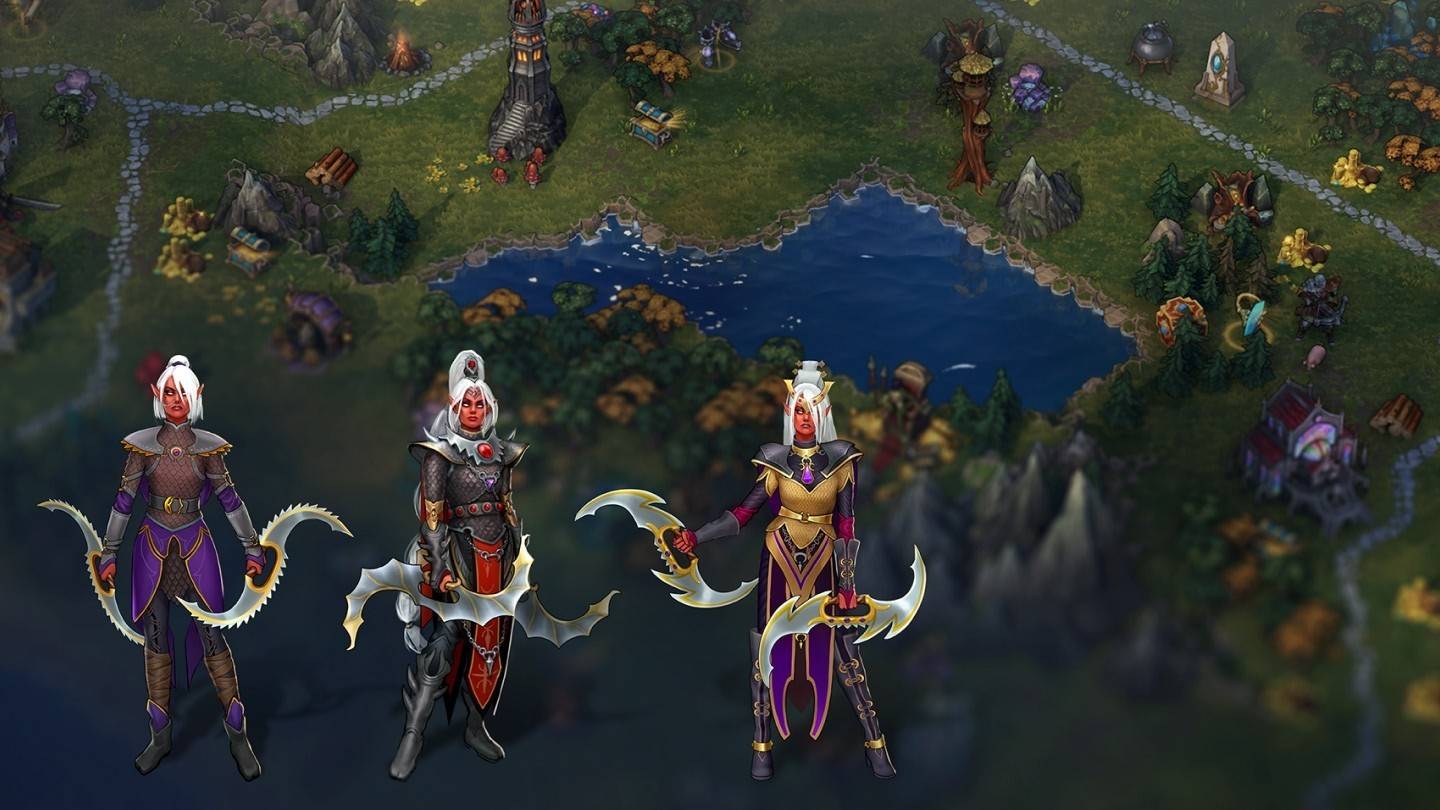
The Dungeon faction—also known as the Warlocks' faction—has remained a beloved choice among fans while fitting naturally into Heroes of Might & Magic: Olden Era's storyline. Our first encounters in Jadame revealed creatures traditionally linked to the Dungeon faction, each boasting their own territories across the continent. This allowed developers to create a faction that honors classic elements while incorporating fresh innovations.
The Core Identity of the Dungeon Faction
If forced to distill the Dungeon faction's essence down to two defining traits, "power" and "outcasts" would perfectly encapsulate their legacy. Returning to Enroth provides an opportunity to reimagine these formidable warlocks. Drawing inspiration from Jadame's lore—particularly Might & Magic VIII—the Alvaric Pact offers a new interpretation of this iconic faction.
Once viewed as mere monsters, they now forge alliances with red-skinned dark elves, who were historically ostracized for their pragmatic philosophies. Through diplomacy, trade, and tactical alliances, they strengthen their position—a stark departure from their earlier iterations in the series.
The Dungeon Faction's Evolution Across the Series
Throughout the Heroes franchise, warlocks and authoritative leaders have been central to the playable factions, with each game presenting them in a different light:
- Heroes I & Heroes II: Followers of Lord Alamar and King Archibald sought power, uniting kindred creatures under their rule.
- Heroes III: Warlords from Nighon embraced the belief that might makes right, scheming from underground tunnels to conquer Antagarich.
- Heroes IV: Chaotic sorcerers and thieves thrived in Axeoth's swamps, rallying rogues to carve out territory in a new world.
- Heroes V-VII: Ashan's dark elves formed bonds with Dragon-Goddess Malassa and the underworld, weaving a narrative rich with subterfuge.


 LATEST ARTICLES
LATEST ARTICLES 